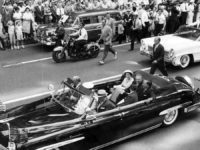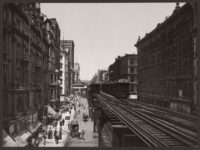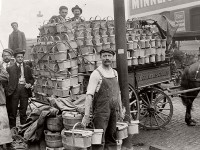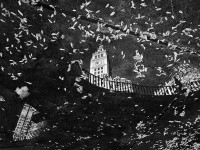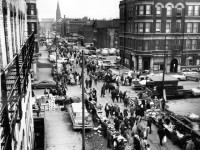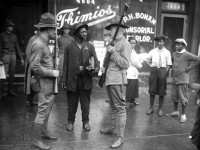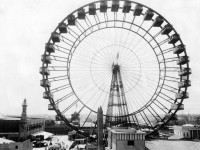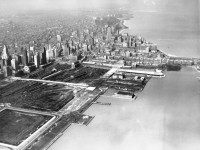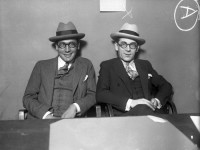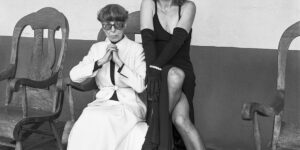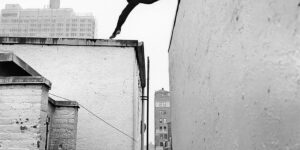Vintage: Railway in Chicago (1940s)
Chicago is the most important railroad center in North America. More lines of track radiate in more directions from Chicago than from any other city. Chicago has long been the most important interchange point for freight traffic between the nation’s major railroads and it is the hub of Amtrak, the intercity rail passenger system. Chicago ranks second (behind New York…


